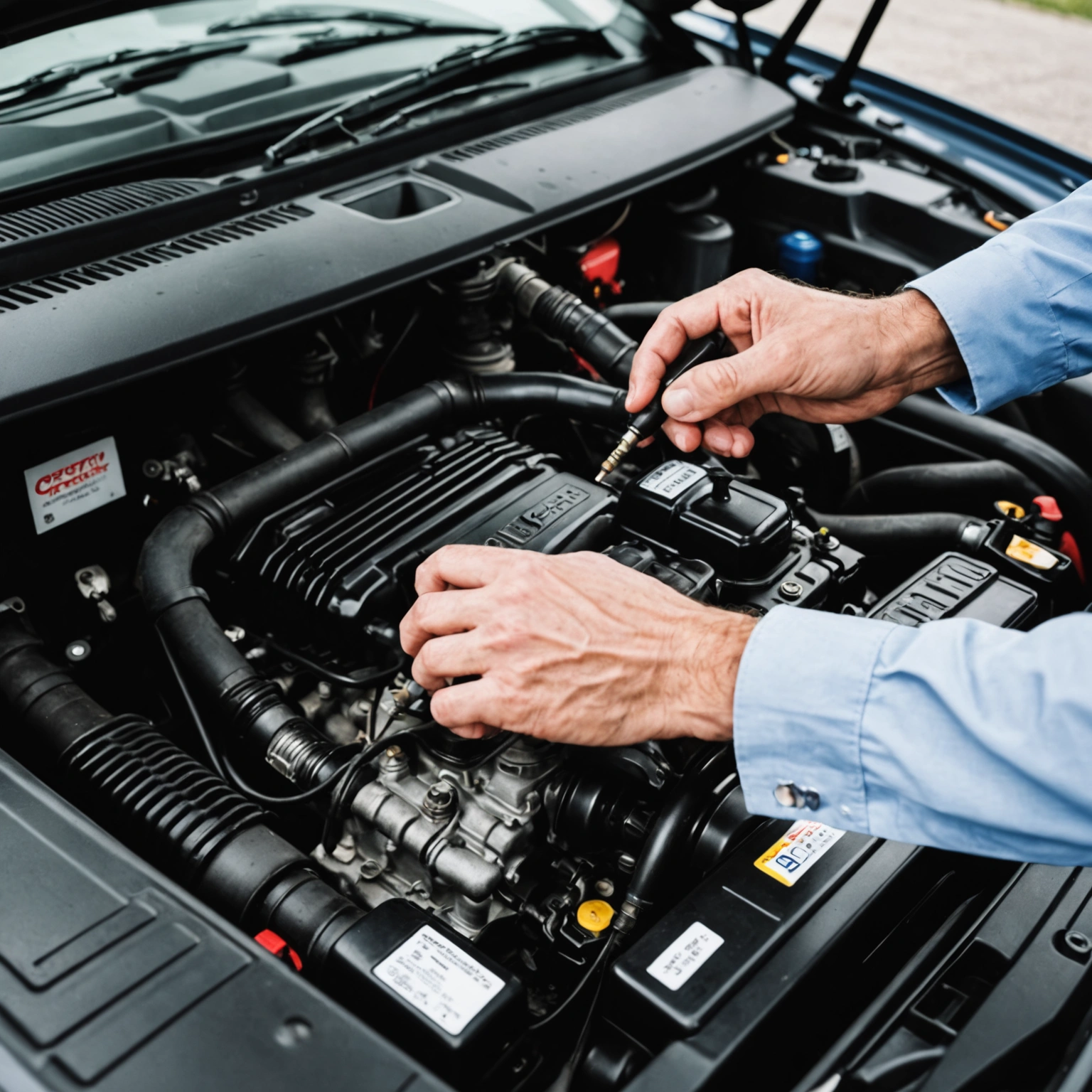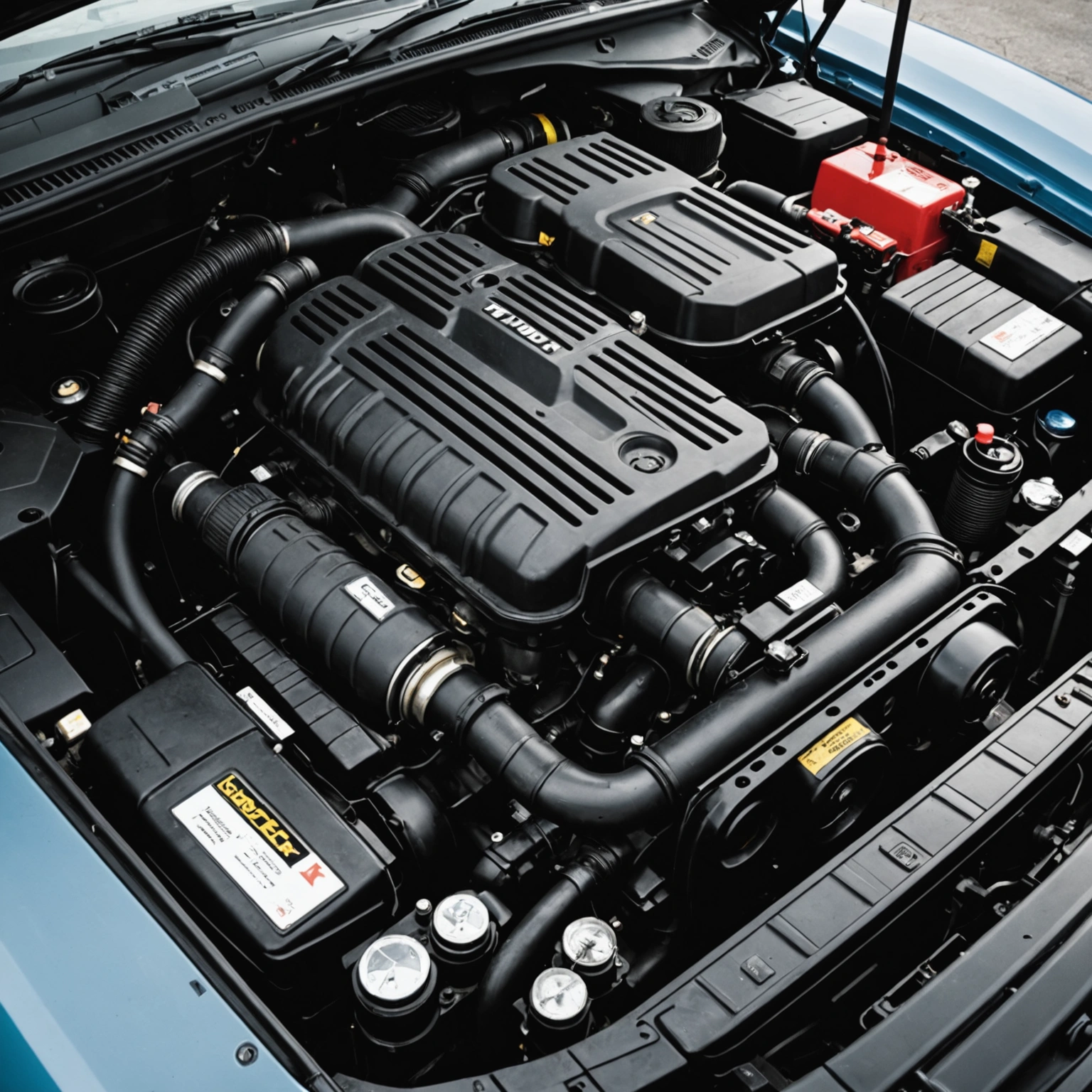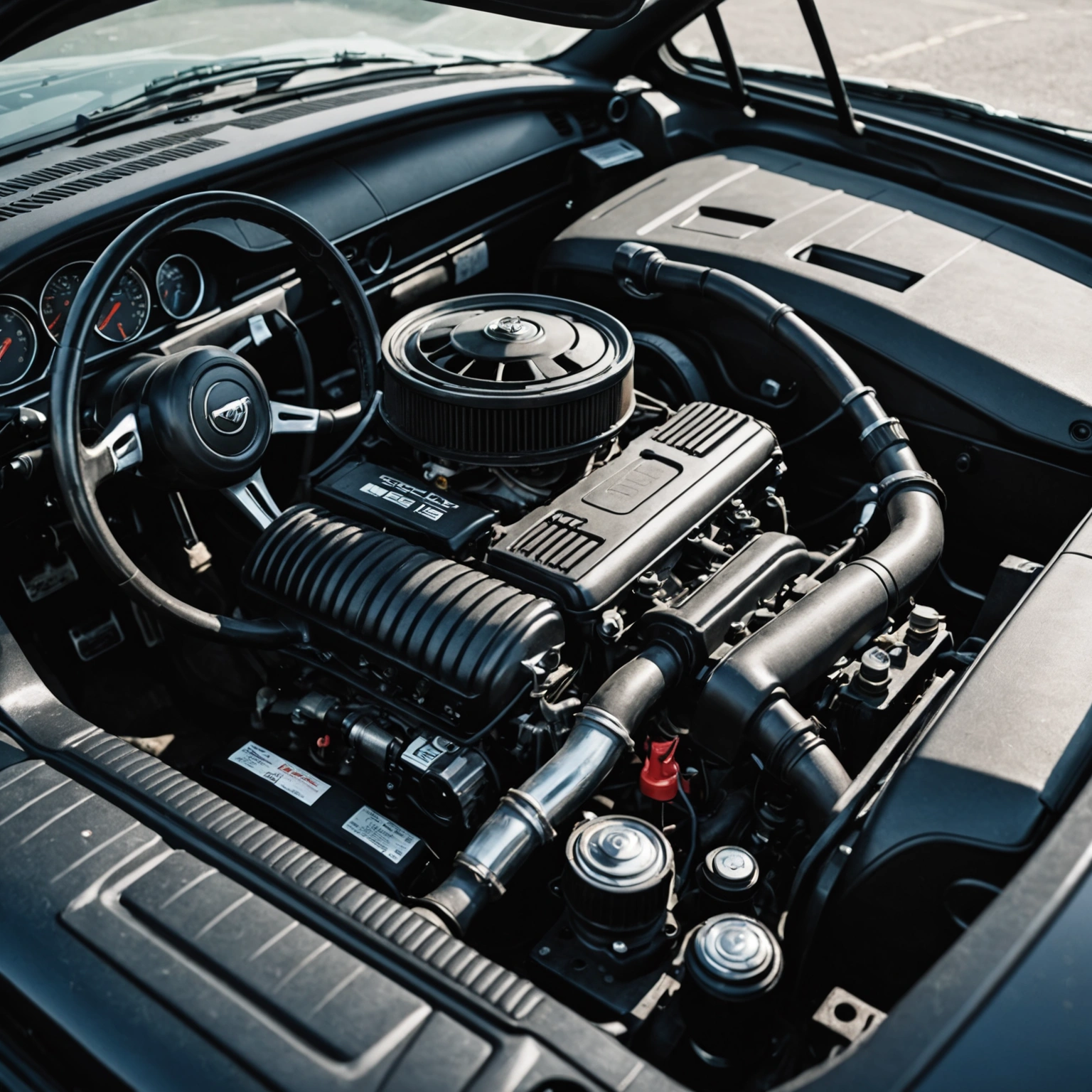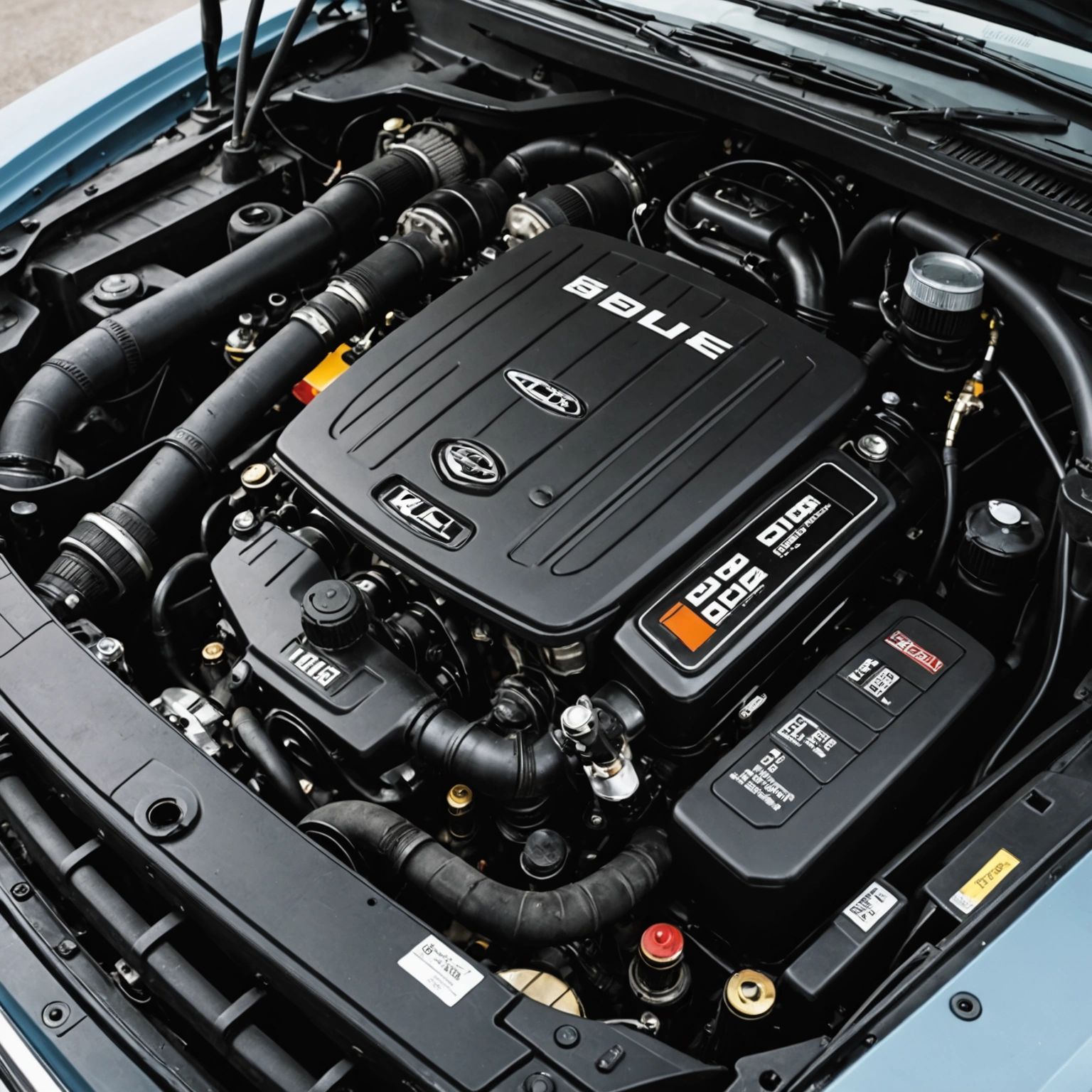**Why Does My Car Idle Low? Understanding the Causes and Solutions**
If you’ve noticed that your car’s engine is idling lower than usual—perhaps it struggles to keep the RPMs steady or stalls altogether—you’re not alone. A low or irregular idle can be caused by various issues, some simple to fix and others requiring professional attention. Let’s explore the common reasons behind low engine idle and what you can do to address them.

### What Does Low Idle Mean?
Idle refers to the engine’s RPM (revolutions per minute) when the vehicle is at rest and not accelerating. A healthy engine typically idles around 600-1000 RPM, depending on the vehicle. When the idle drops significantly below this range, it can cause rough running, stalling, or poor engine performance.

### Common Causes of Low Idle
1. **Dirty or Faulty Idle Air Control Valve (IACV)**

– The IACV regulates airflow to the engine at idle. If it becomes dirty or malfunctions, it can cause the engine to idle too low or fluctuate unexpectedly.
2. **Vacuum Leaks**

– Cracks or disconnected vacuum hoses can introduce unmetered air into the engine, disrupting the air-fuel mixture and leading to low or unstable idle.
3. **Fuel Delivery Issues**
– Clogged fuel injectors, a failing fuel pump, or dirty fuel filters can impair fuel flow, causing the engine to struggle at idle.
4. **Dirty Throttle Body**
– Over time, carbon buildup can restrict airflow in the throttle body, affecting idle speed. Cleaning the throttle body can often resolve this.
5. **Sensor Problems**
– Faulty sensors like the Mass Air Flow (MAF) sensor or Throttle Position Sensor (TPS) can send incorrect data to the engine control unit (ECU), resulting in poor idle performance.
6. **Ignition System Issues**
– Worn spark plugs, bad ignition coils, or other ignition problems can cause misfires or rough idling, sometimes with a low RPM.
7. **ECU or Software Glitches**
– Occasionally, the engine control unit may need a reset or software update to correct idle issues.
### Diagnosing and Fixing Low Idle
**Step 1: Visual Inspection**
Check vacuum hoses for cracks or disconnections. Look for obvious dirt or buildup around the throttle body and IACV.
**Step 2: Clean Components**
Clean the throttle body and IACV with appropriate cleaners. Replace any damaged hoses or faulty sensors.
**Step 3: Check for Error Codes**
Use an OBD-II scanner to identify any stored trouble codes. Codes related to sensors or fuel system issues can guide repairs.
**Step 4: Inspect Fuel System**
Ensure the fuel filter is clean and the fuel pump operates correctly.
**Step 5: Professional Help**
If the problem persists, consult a mechanic. Complex issues like ECU faults or sensor failures often require specialized diagnosis.
### Preventative Tips
– Regularly replace air filters and fuel filters.
– Keep your engine components clean.
– Address check engine lights promptly.
– Use quality fuel and maintain proper tire pressure for overall vehicle health.
—
**Conclusion**
A low idle can stem from various causes, from simple buildup to sensor failures. Addressing these issues promptly ensures smoother engine operation, better fuel efficiency, and reduced risk of stalling. If you’re unsure or uncomfortable performing these checks yourself, it’s always best to seek professional assistance to keep your vehicle running at its best.

